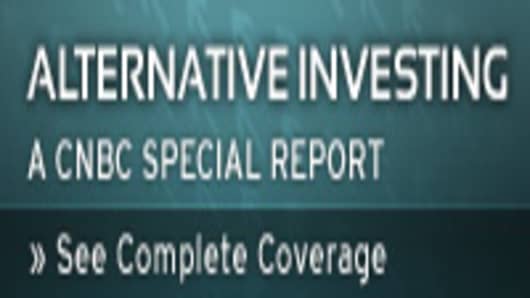Energy prices were firm on Wednesday… bulls failed to parlay Tuesday’s post holiday euphoria, but bears failed to capitalize. As far as today’s DOE report goes, the crowd is expecting a net draw of 0.5 MMbbls in the major products and a draw of 1.75 MMbbls in crude oil. At the same time they are expecting a 74 Bcf injection in the gas market.
Now that the 2009 driving season is over it is time to focus on the 2010 driving season. With natural gas prices fluctuating 30% a day and crude prices dancing with the dollar, the traditional correlations have begun to break down, leaving many experienced traders on shaky ground. Instead of applying the old rules to a game which no longer has any, it may be time to diversify in to more esoteric trades on a longer timescale. The cross seasonal gasoline RVP spread has been one such trade highly resistant to market fluctuations. The United States Environmental Protection Agency (EPA) mandates the chemical composition of gasoline, as measured by RVP (the rate at which gasoline evaporates) between summer and winter fuels. The EPA regulates the vapor pressure of gasoline sold at retail stations during the summer ozone season to reduce evaporative emissions from gasoline that contribute to ground-level ozone, i.e. smog.
Thus, we have two distinct markets; summer-grade and a winter-grade. Low RVP summer gasoline is more expensive to produce owing to higher cost octane blendstocks. The difference between these two prices is the basis for the cross seasonal spread between the NYMEX contract for March delivery (the last month of winter-grade) and April contract (the first month of summer-grade) contracts as shown in the Chart of the Day in today’s issue of The Schork Report.
The commodity boom, the recession and the devastating hurricane seasons had almost zero influence on the mean reversion of this ratio. Compare that to the crude and natural gas ratio, which last week was trading widely outside its historical range. This is due to the high correlation between contracts, averaging 0.997 over the 2003-07 timestep i.e. the prices move together strongly, and any fluctuation from this relationship is a clear indicator of arbitrage opportunities.
For instance, the price ratio of March/April in September 2003-07 averaged 0.9367, while 2008 was 0.9419, with the April contract being on average 15.94¢ dear to March. The deviation from this difference was 0.14¢. So if the spread widened beyond 16.21¢ or contracted to less than 15.67¢ a price correction could be expected. Of the two instances in which the spread exceeded this interval in September ‘08, a correction took place within two days.
- On CNBC.com Now - Slideshow: Top Ten Gas-Sipping Cars
Historical data indicates a mean seasonal spread for September 2009 of 15.26¢ with a 95% confidence interval of (14.95¢, 15.57¢). Anytime the March and April spread falls outside this interval should raise a red flag.
However, due to the high correlation between these contracts, the ratio correction does not always involve movements in opposite directions. More likely, expect volatile April prices to jump in one direction, and then inch further while March prices move closer.
The bottom line is that we’re about to enter a period of high correlation for the March and April contracts. Analysts have yet to digest the summer’s driving patterns so prices settle down before predictions for next years market hit the press. During this time, expect close correlation and strong reversion for the March/April ratio around our seasonal mean.
_________________________
Stephen Schork is the Editor of, "The Schork Report"and has more than 17 years experience in physical commodity and derivatives trading, risk systems modeling and structured commodity finance.


